How do I go about calculating the voltage output for an operational amplifier when the only connection to the the voltage source is through the operational amplifier itself?
For example, the diagram below has a 1.8 V source and 7 kohm resistor connected to Vp and a 1.2 V source and 10 kohm resistor connected to Vn of the operational amplifier. These sources are not bridged by an additional resistor or wire connecting either source to Vo.
I understand that Kirchoff's laws can be used to determine the output when the voltage source connects to it via a node at Vp or Vn, but I don't see how to determine the output voltage without such a connection.
Edit: The answer should be a numerical value. The hint that was given is that the op amp will saturate to +Vcc if V+ > V- or will saturate to -Vcc if V- > V+
Given this, my understanding is that this is an instance of positive saturation since 1.8 V > 1.2 V. According to Fundamentals of Electric Circuits, Vout = Vcc for positive saturation and -Vcc for negative saturation, where Vcc is the supply voltage.

